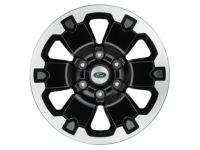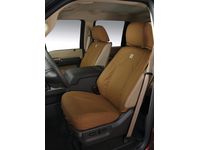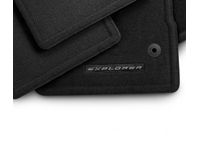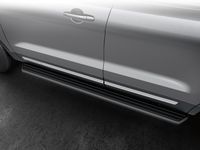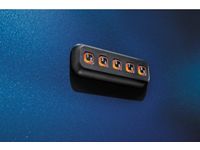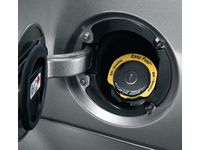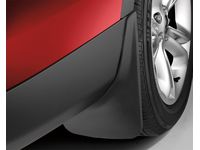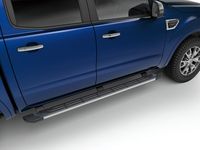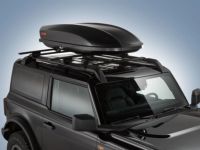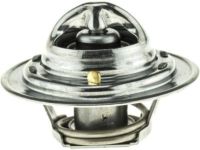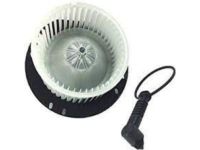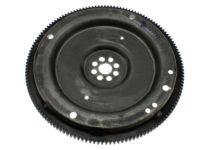- Live Chat
- 1-888-788-9341


Why choose FordPartsGiant
- Devoted Service
At FordPartsGiant.com, we strive to make customer satisfaction our #1 goal by providing dedicated customer service. Our core values of success continue to demonstrate our loyalty by building dedicated relationships with all of our current and future customers. We are always ready to assist you with the slightest detail about your vehicle's parts and accessories.
- Reasonable Prices
We are the best online source for discounted prices on factory auto parts and accessories. Not everyone has the money to buy their vehicle quality parts, here at FordPartsGiant.com we make it economical to buy the best parts without sacrificing the quality or hurting your wallet.
- Swift Delivery
FordPartsGiant.com has centrally located distribution centers all across the United States. This gives you quick access to our discounted Ford Explorer parts when you need them. We offer our customers the convenience of having parts delivered straight to their front door. We are committed to having your vehicle up and running in just a couple of days.
Popular Genuine Ford Explorer Parts
- Engine Parts View More >
- Chassis Parts View More >
- Electrical Parts View More >
- Body And Paint Parts View More >
- Lamps & Wiring Parts View More >
- Wheels & Brakes Parts View More >
- Fuel System & Manifolds Parts View More >
- Speedometer, Bumpers, Mirrors & Wipers Parts View More >
- Automatic Transmission Parts View More >
- Transmission Parts View More >
- Front Axle & Steering Parts View More >
- Manual Transmission Parts View More >
Shop Genuine Ford Explorer Parts with FordPartsGiant.com
The Ford Explorer, in production since 1991, is an off-road vehicle from Ford Motor Company, now in its sixth generation. The model has evolved through different chassis and powertrain configurations. The first two generations took their foundations from the Ford Ranger, whereas the third and fourth adopted a unique chassis. The fifth generation transitioned to a Crossover Utility Vehicle (CUV), borrowing from a variant of the Taurus chassis. In 2020, it was reported as the best-selling SUV in U.S. history by CNBC. The initial generation, although sharing similarities with the Ranger, marked a significant departure from its predecessor, the Bronco II, developing into a family-friendly vehicle with robust off-road capabilities. Designed with optimized aerodynamics, increased interior space, and various practical features, the Explorer proved larger and more refined than the Bronco II. A range of Explorer trims were offered, including the XL, Eddie Bauer, Sport, and Limited versions, each providing unique features and styling cues. The second-generation Explorer brought forth enhancements to the chassis and handling, maintaining a coil spring rear suspension setup and introducing a more compact front suspension. Powertrain options expanded over the years, with a notable addition of a single overhead camshaft V6 engine, able to compete with the V8 in power output.
The Ford Explorer, despite its enduring production, encounters issues over time, notably in its suspension system and engine performance. Owners often report suspension problems such as unusual noises (clunking, rattling, squealing), sluggish handling from a loose steering wheel, and vibration, often remedied by replacing the sway bar bushing, shock absorber, or sway bar link. Engine concerns, presenting as peculiar noises, a burning oil scent, oil leaks, or low engine oil, result in rough engine operation, misfires, poor fuel economy, and starting issues. It's critical to inspect the timing belt tensioner, spark plug, and valve cover gasket when these symptoms manifest. Drivers seeking safe, comfortable drives should also maintain key auto parts like the fog light bulb, ensuring clear vision, and the air filter, purifying the driving environment, which are prone to wear over time and demand frequent attention to keep enjoying the benefits of the Explorer.
All OEM parts are precisely engineered to the original part's exact specifications. They've met stringent official quality control standards during manufacturing, so you can be sure that they're of top quality. Wondering where to find exceptional quality and economically-priced OEM Ford Explorer parts? You are at the proper online store. We offer all genuine Ford Explorer parts with a manufacturer's warranty at unbeatable prices. Order now and you can get brand-new parts at your door step with our fast shipping times.
Ford Explorer Parts Questions & Answers
- Q: How to check and replace a thermostat in a cooling system issue on Ford Explorer?A: Before attributing a cooling system issue to the thermostat, check coolant level, drivebelt tension, and temperature gauge or light. If engine has prolonged warm-up times, replace thermostat. For engine overheating, assess upper radiator hose temperature. Cool hose suggests stuck-closed thermostat, hot hose suggests open thermostat. To replace, disconnect battery cable, remove air duct, drain cooling system. Locate thermostat housing, loosen hose clamp, detach hose. Remove housing cover, extract old thermostat, clean surfaces, install new thermostat with proper orientation. Reassemble, refill cooling system, start engine to check for leaks and verify thermostat functionality.
- Q: How do you remove the blower motor in the engine bay and install it back on Ford Explorer?A: The blower motor can be found on the right-hand side of the engine compartment. Take off the negative terminal wire from the battery. Remove the air cleaner for 1994 and earlier models. Push down on the electrical connector locking tab and disconnect that blower motor connector. Disconnect the small rubber cooling tube model without air conditioner from the blower motor. For models with air conditioning, remove a single nut from the bottom plenum. Disconnect the electrical connector from the blower motor resistor, vacuum hose from the check valve, and vacuum line from the intake manifold. Remove three screws that hold the blower motor to the heater blower assembly. Pull the blower motor out of the heater assembly. Remove the push nut on the motor shaft and remove the wheel if necessary. To install, reverse the above steps of removal process. Ensure fully seating electrical connector so it clicks into position.
- Q: What are the signs that indicate the need to inspect the flywheel in a Ford Explorer?A: Inspect the flywheel when the vehicle suffers from excessive transmission gear wear, transmission jumping out of gear, driveline vibration, clutch pedal vibration, clutch slippage, pilot bearing noise or release bearing noise. Visually inspect the flywheel for signs of cracking, warpage, scoring or heat checking. If any of these conditions exist, the flywheel must be removed and resurfaced at an automotive machine shop.


















































